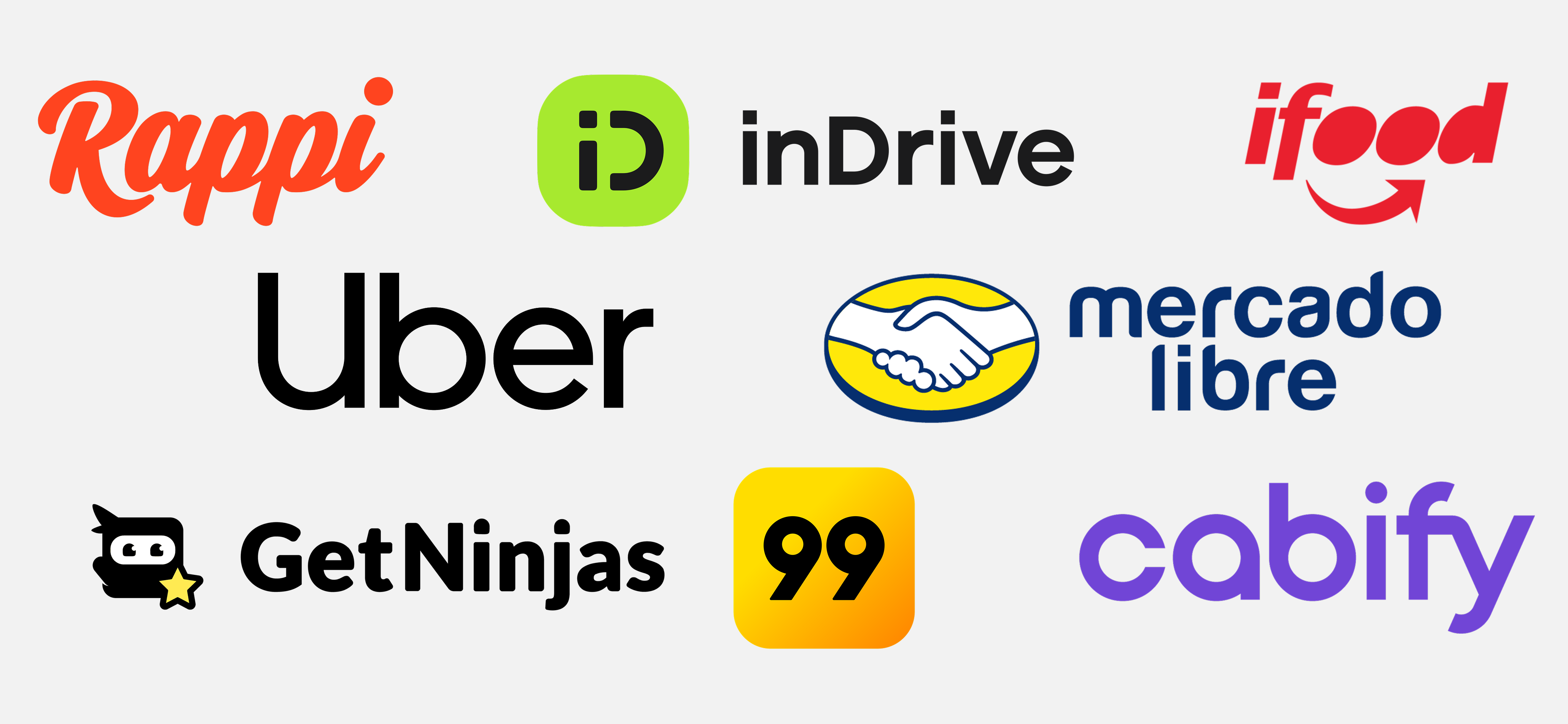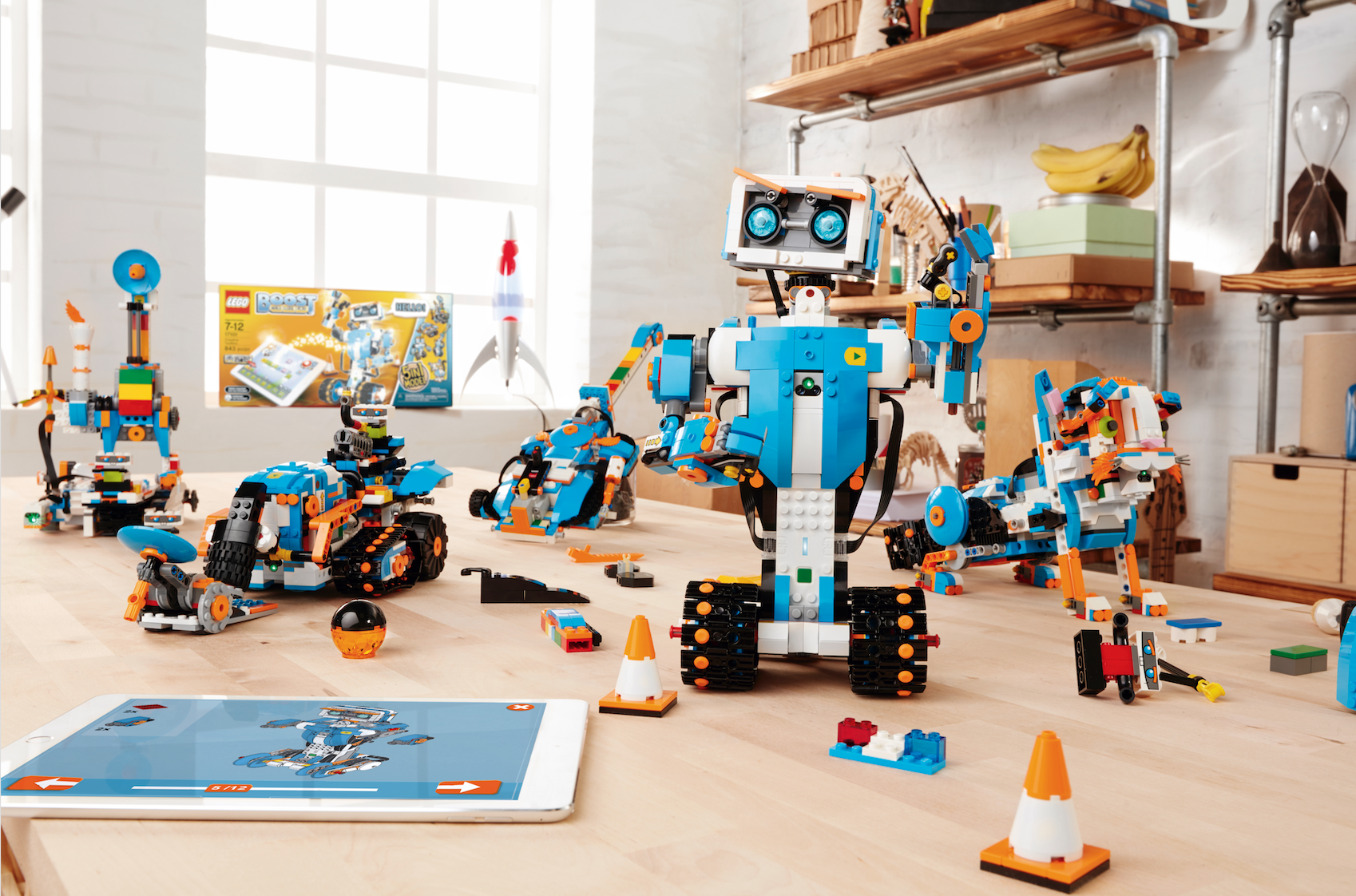Apple’s Vision for the Future
Among a slew of other announcements (summary of WWDC), Apple announced its much anticipated Vision Pro mixed reality (XR) headset at their Worldwide Developer Conference (WWDC) this past Monday. The Vision Pro is a mixed reality headset, offering both virtual reality (VR) and augmented reality (AR) experiences. Besides impeccable design, robust specs, and the product quality that Apple is known for; here are the key things to know about the device:
- No controllers: Vision Pro relies on eye tracking and hand gestures. Though you can connect external Bluetooth input controls like a trackpad, keyboard, and even PS5 controller.
- Two hour battery life: Though technically portable, the short battery life is surprising (and disappointing). It can be plugged in for extended battery life but the tradeoff is portability. For context, Apple claimed the original iPhone could power 8 hours of talk time, so this 2 hour limit is a let down for the consumer.
- EyeSight: The front of the headset will display a digital reproduction of your eyes (it is a display screen, not a see-through piece of glass).
- Digital twins for collaboration: Users will have a hyper realistic digital “Persona” for FaceTime calls and real-time collaboration.
- 3D Camera: The Vision Pro can also capture spatial photos and videos.
- VisionOS: As expected, alongside the new XR device comes a new dedicated operating system (in our view, this is probably the most exciting development).
- Ecosystem integration: The Vision Pro has most of the existing core Apple 1st party apps, is integrated with iMessage, and users will be able to display their Mac desktop virtually.
- Processing power: Apple announced its R1 Processor, a chip built specifically for mixed reality headsets to process sensor data. It runs in conjunction with Apple’s M2 chip.
- $3,499 price tag: The device is truly premium, priced well above other XR alternatives, and is financially inaccessible to the majority of potential users. For context, this is on par with Apple’s most premium Macbook Pro today ($3,499).
Living room experiences
Most experiences showcased at the announcement presentation were focused on application overlays on the real world. Though technically “augmenting” reality (AR), there is very little integration of these types of applications with the physical world. Apple showcased several of their core first party applications like Notes, Safari, and Photos as floating virtual screens in offices and living rooms. With the short 2 hour battery life, users will have to be tethered to an outlet for longer usage (that is a poor consumer experience in today’s landscape of bluetooth and wifi-enabled devices).
With the significant hardware costs of additional displays, the representation of the user’s eyes on the front face of the device is a very deliberate attempt from Apple to position the Vision Pro as an in-person collaborative tool; one that will not isolate users and erode the human connection of being together in person (see: VR is Anti-Social). As Apple refines the XR product over the years, we can imagine a future with smaller wireless glasses-like wearables worn continuously throughout the day (not just in our offices and living rooms).
Developers and enthusiasts, not for mass adoption (yet)
Though the $3,499 price tag is not the most expensive Apple product ever released, it is a price point well outside of the average consumer budget, especially for a device that cannot fully replace the portability of a smartphone or the functionality of a laptop. As the “Pro” in the name suggests the Vision Pro is geared at developers and hardcore enthusiasts rather than the core Apple user base. This initial XR device from Apple will be used to showcase the possibilities of the future, introduce and excite the Apple fanbase, and begin releasing the product to developers to build the ecosystem of 3rd party applications for the new platform.
The most expensive base Apple product released was in 1989, when Apple released the Macintosh Portable, their first battery powered laptop at a $6,500 price tag (~$15,500 adjusted for inflation). The reception for the device was mixed, with praise for the LCD screen but disappointment at the price, size, and weight of the device. The Macintosh Portable only sold ~10k units and was eventually discontinued in 1991 when its much more successful successor, the PowerBook, was released (Cult of Mac).
Compared to the Macintosh Portable, the Vision Pro has some interesting similarities in its impressive design and technical specifications but can also be criticized for drawbacks that make it less functional (battery life) and inaccessible (price) to most users. As the Macintosh Portable was the first true portable laptop from Apple, the Vision Pro is Apple’s first release of an XR device. This first iteration may not be commercially successful, but Apple will take the learnings from this release and come back to market with a much more affordable and better premium consumer product in the coming years.
The impact on gaming
Though the keynote did not focus on games, several important announcements were shared that directly pertain to the gaming industry. Firstly, over 100 Apple Arcade games will be launched with the Vision Pro, so users will have a robust library of at least casual games to play. It is unlikely that these games will be immersive 3D virtual experiences, but rather slightly modified existing Apple Arcade games to accommodate gesture controls and placed in floating screens for the Vision Pro.
Apple also showcased NBA 2K23 being played on the Vision Pro with a Sony DualSense controller, suggesting the platform will be open to 3rd party controllers. Though scant on details, Apple shared they have been working with Unity to bring apps and games to the Vision Pro and “gain full access to VisionOS features such as pass-through, high-resolution renderings, and native gestures” (WWDC).
Apple also announced a new toolkit to help developers more easily port Windows games to Mac (Apple); with the ability for users to display their Mac desktops virtually with Vision Pro, games ported to Mac should be accessible as well.
Apple is a juggernaut in the mobile gaming space today as a platform owner of the iPhone ecosystem, but it is almost non-existent in the more hardcore and higher fidelity PC gaming market even though Apple owns one of the most successful desktop platforms. It has also completely foregone the console market. By partnering with Unity, helping developers port Windows games to Mac, and enabling 3rd party controllers, Apple is taking a strategic approach to quickly add high quality gaming content to the Vision Pro offering.
An outstanding question for the gaming market, and other 3rd party applications, will be the openness of VisionOS. Apple’s iOS is a very closed ecosystem today where Apple takes 30% fees of almost all 3rd party app revenue via their AppStore. MacOS, on the other hand, is a more open platform where users can easily install 3rd party applications from the open web.
Takeaway: At a high level, the Vision Pro is exactly what we expected from Apple; a premium device that showcases their vision of an XR future. The Vision Pro is not a mass consumer product, rather it is built for developers and hardcore enthusiasts; but as an introduction to XR for Apple it will generate excitement for the masses of Apple consumers. With Apple’s limited exposure to premium and high fidelity gaming (console and PC), they are attempting to bootstrap a compelling content library via porting (Windows games), partnerships (Unity), and potentially 3rd party access to the platform (Sony DualShock controllers and others).
In the near term, we do not expect the Vision Pro to gain mass consumer adoption, nor will it be a gaming platform with any significant market share. It will however bolster and further legitimize the consumer XR industry, delivering a bump to other players in the space (like Meta’s Quest 3 announced last week and others). In the long term we believe Apple will deliver a cheaper, albeit still premium, consumer offering for the masses that will be a strong player in the XR space overall. If their content gathering strategy works, the Vision Pro will also be a formidable gaming platform.







.png)

.png)


.png)
.png)



.png)

.png)

.png)



.png)


.png)

.png)
.png)
.png)
.png)
.png)
.png)


